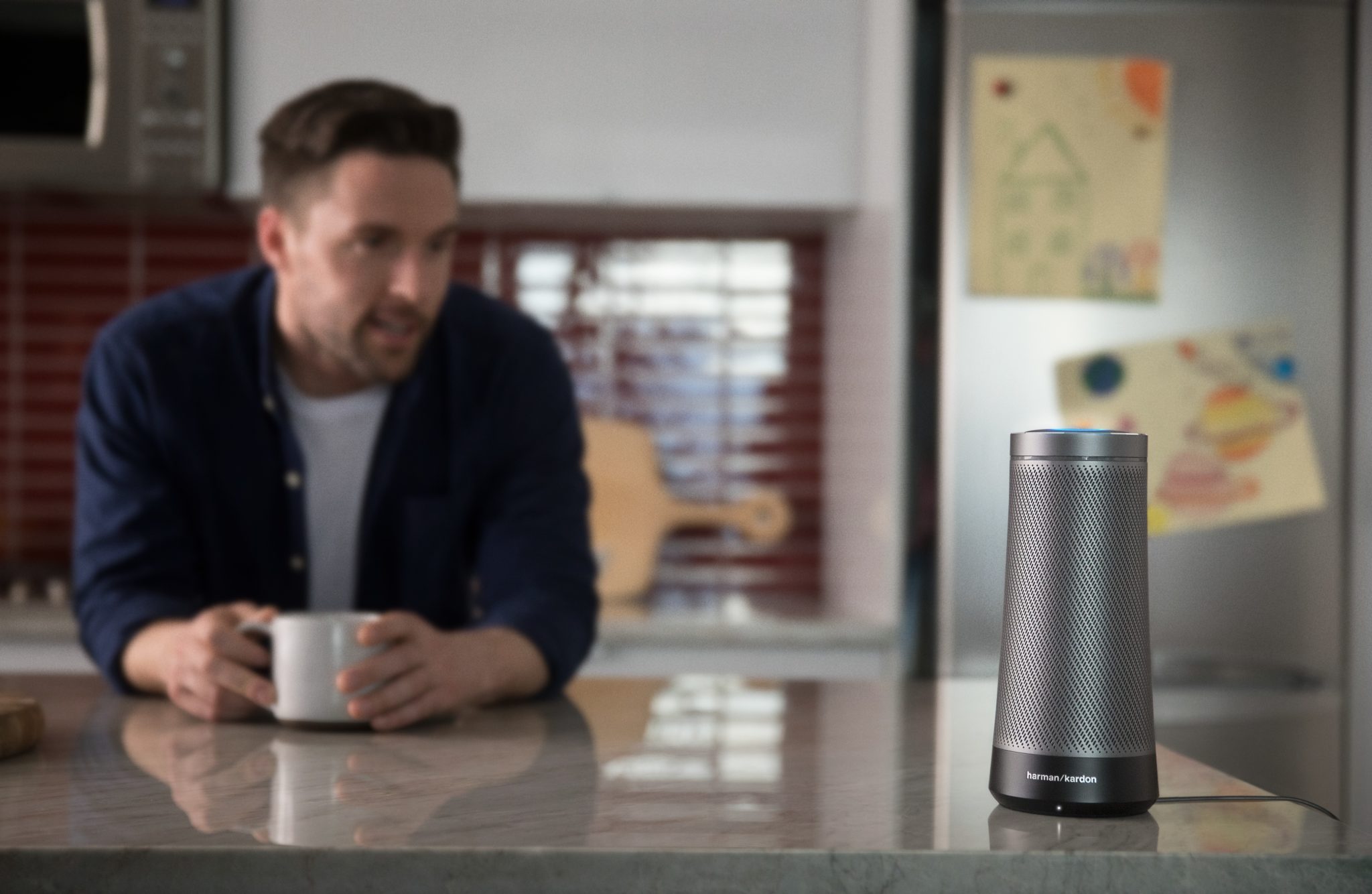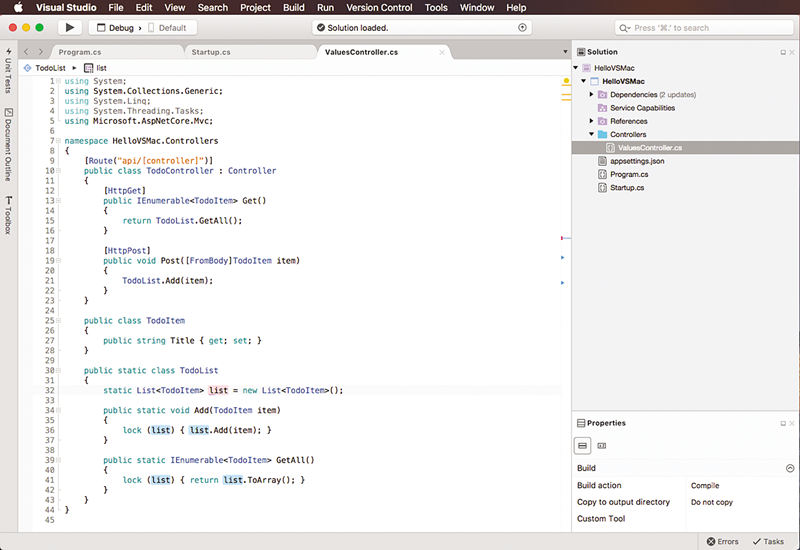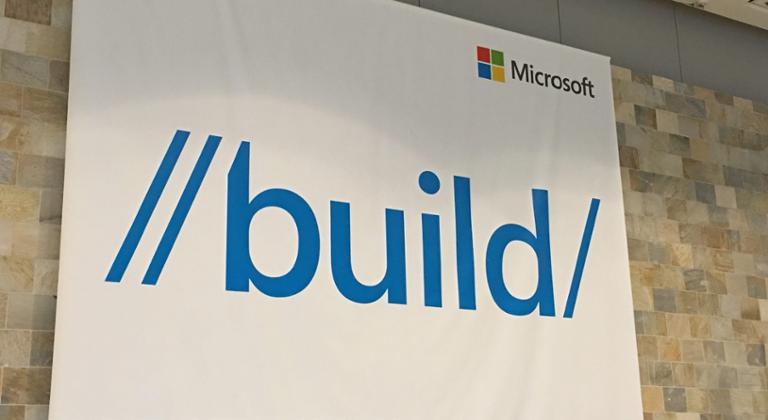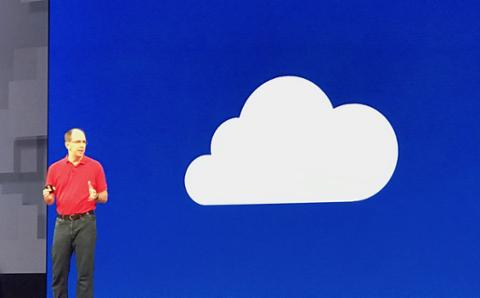Microsoft’s annual developer conference, Build, kicks off this week. As developers drop into Seattle for the three-day
soirée, here’s what we can anticipate the company will announce. First, expect Microsoft to make a bold proclamation about how many devices are running Windows. Specifically, look for a big pause-for-applause moment surrounding how many PCs run Windows 10. The company claimed back in 2015 that Windows 10 would run on a billion devices by this summer. Is it on track to actually hit that number?
Office 365 and/or Microsoft Graph
Graph is an interesting wrinkle in Microsoft’s plans. It’s an API that calls Microsoft’s dataset so developers can build experiences or apps atop Office 365. Examples include ‘Approved Contact,’ a program that allows Office 365 users to share their calendars outside of their company, and ‘harmon.ie' for surfacing important details in communications to help keep everyone on-track. Office 365 is core for Microsoft, so expect several upgrades and feature additions to be announced. The Microsoft Graph API should make a big splash; Office 365 is industry standard fare, so expect Microsoft to start leveraging it for third-party developers. [caption id="attachment_141526" align="aligncenter" width="2048"]

Cortana Invoke[/caption]
Cortana
Microsoft’s digital assistant isn’t going away. While most consider it
an also-ran to Google Assistant, Alexa, and Siri, we expect that to change this year. Artificial Intelligence via Cortana is core to Microsoft’s ‘
Intelligent Edge, Intelligent Cloud’ mission, and Cortana is the face (voice?) of that. At Build 2018, look for a litany of new Cortana skills (if those include multiple timers, Microsoft may even throw some shade at Siri and HomePod.) Intelligence is part of the equation, but so are delivery methods. Microsoft could announce several new partnerships for Cortana. It may be home speakers,
as the company has done with Harmon Kardon, but look for more – specifically around gaming and enterprise. Cortana is already available for Xbox One, but its commands are specific to gaming (you can ask it to take a screenshot, or if a friend is online). We suspect there could be some cross-platform use-cases coming.
Visual Studio
Every year, Microsoft makes a significant update to Visual Studio – and every year, it
actually drives the company’s IDE forward in meaningful ways. Last year,
it rolled out Visual Studio for Mac, which opened up a ton of tools and resources to the macOS faithful. That brought it to every major development platform. So what’s next? We expect
Live Share, Visual Studio Code’s remote collaboration tooling, to be front and center this year. It’s not the first of its kind, but it’s good, and Microsoft is proud of it. It rolled out last year on a limited basis, and users are enjoying it so far. Don’t expect it to roll out of beta completely, but
do expect that it will see a broader rollout, perhaps even with the ability for more users per instance. As-is, it’s meant for two people; soon, it could be usable by groups.

Other Stuff (and Tear-Jerkers)
Alongside Cortana and artificial intelligence is machine learning (ML), which dovetails into the whole '
Intelligent Edge, Intelligent Cloud' thing. A.I. and ML may factor into announcements around Azure, Microsoft's cloud offering. Also expect to have
all the feels. In 2016, Microsoft had us all weepy with a tale of
a blind man who became more aware of his surroundings because of some fancy glasses. Last year, there was Project Emma, named after graphic designer Emma Lawton, who has Parkinson’s; the tremors associated with the condition left her unable to do many simple tasks, but Project Emma's tremor-proof spoon helped her eat. Microsoft Build may not be the flashiest show on Earth, but if you know of another instance where developers fluctuate between deciding on which A.I. use-case is right for their company’s email platform and fighting back happy tears, we’d like to hear about it.
 Cortana Invoke[/caption]
Cortana Invoke[/caption]



